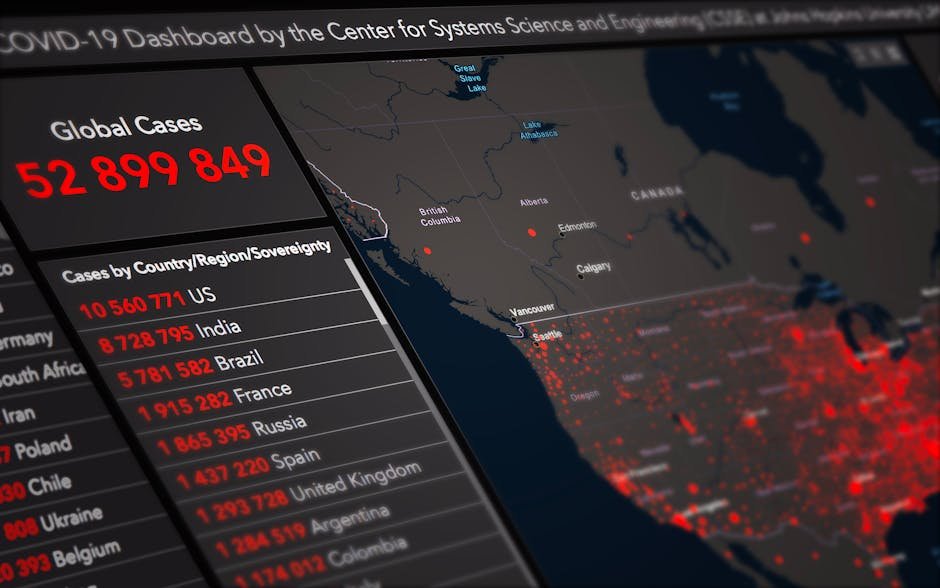Latin America’s Digital Nomad Boom: 2025 Trends and Challenges
Medellin, Colombia; Mexico City, Mexico; and Buenos Aires, Argentina: These three Latin American cities continue to attract a significant influx of digital nomads in 2025, according to anecdotal evidence and industry reports. However, the landscape is evolving, with new challenges and opportunities emerging for both the nomads and the host cities. This article analyzes the current state of digital nomadism in these key locations and explores the broader implications for the region.
The Allure of Latin American Cities for Digital Nomads
The appeal of Medellin, Mexico City, and Buenos Aires for digital nomads stems from a confluence of factors. These include relatively low costs of living compared to North America and Europe, a generally welcoming climate, and a growing infrastructure catering to remote workers. High-speed internet access is increasingly prevalent, although connectivity inconsistencies remain a recurring concern in certain areas. Furthermore, a vibrant cultural scene and diverse culinary offerings contribute to the attractiveness of these locations.
Cost of Living Analysis:
The cost of living, a crucial factor for digital nomads, remains highly variable within each city and across the region. Reports suggest that while the cost of housing and food remains comparatively lower than in many Western nations, rising inflation, particularly in Argentina, is impacting affordability. This necessitates a more nuanced understanding of budgetary considerations for individuals choosing these destinations.
Infrastructure and Connectivity Challenges
While improvements in internet infrastructure are ongoing, reliable high-speed internet remains a persistent concern in certain neighborhoods across all three cities. Power outages also pose occasional disruptions. These inconsistencies can significantly impact productivity and hinder the work of digital nomads relying on constant connectivity. Local authorities acknowledge the need for continued investment in reliable infrastructure to maintain competitiveness in attracting remote workers.
Addressing Connectivity Issues:
- Medellin: Ongoing expansion of fiber optic networks.
- Mexico City: Improvement in mobile internet speed.
- Buenos Aires: Continued investment in infrastructure despite economic instability.
These investments are crucial, as robust and reliable internet access is a prerequisite for attracting and retaining digital nomads.
The Socioeconomic Impact on Host Cities
The influx of digital nomads presents both opportunities and challenges for the host cities. While digital nomads contribute to the local economy through spending in restaurants, cafes, and co-working spaces, this influx can also place pressure on housing markets, potentially driving up rental costs and displacing local residents. The impact on local cultures is also a subject of ongoing debate.
Balancing Economic Benefits and Social Equity:
This increase in demand for accommodation requires careful urban planning and equitable policies to prevent gentrification and displacement of long-term residents. Initiatives promoting affordable housing for local communities are essential to mitigate potential negative effects.
Visa and Immigration Policies
Navigating visa and immigration requirements is a critical aspect for digital nomads. In 2025, varying visa regulations across the three cities present different levels of ease and complexity for long-term stays. Some countries are implementing more streamlined processes for remote workers, while others retain more stringent policies. The clarity and ease of obtaining appropriate visas significantly influence a digital nomad’s decision-making process.
Navigating Legal Requirements:
- Medellin: Relatively straightforward visa processes for certain nationalities.
- Mexico City: Increased efforts to attract foreign investment and digital talent with improved visa programs.
- Buenos Aires: Complex visa requirements, though some improvements are underway, making long-term stays more challenging.
The evolution of visa policies directly impacts the attractiveness of each city for digital nomads.
The Future of Digital Nomadism in Latin America
The future of digital nomadism in Latin America appears promising, yet fraught with challenges. Continued investment in infrastructure, transparent and efficient visa processes, and policies that balance economic benefits with social equity are crucial for sustained growth. The competition for attracting digital nomads among Latin American cities and other global destinations will intensify. Cities must adapt and innovate to remain competitive in this rapidly evolving landscape.
Long-Term Outlook:
The long-term success of digital nomadism in Latin America hinges on effective urban planning, sustainable economic policies, and a commitment to creating a welcoming and inclusive environment for both digital nomads and local residents. This requires proactive engagement from city governments, local businesses, and the digital nomad community itself. The coming years will reveal how effectively these cities manage the challenges and capitalize on the potential benefits of this burgeoning trend. Further research focusing on the long-term effects on local communities and infrastructure development will be crucial in understanding this evolving phenomenon.







